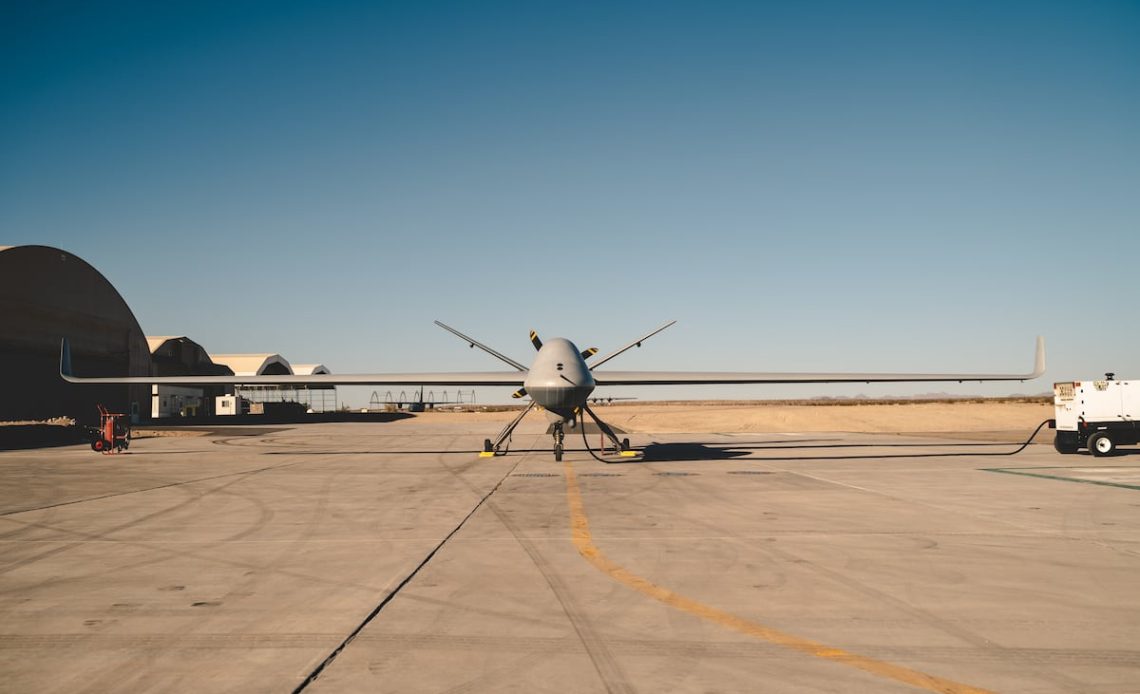
CHRISTCHURCH, New Zealand — As India struggles to develop its own medium-altitude, long-endurance drones, the government pulled the trigger this month on a purchase of 31 MQ-9Bs from General Atomics.
The tri-service buy is worth 320 billion rupees, or US$3.8 billion, with 15 SeaGuardians to be delivered to the Indian Navy (IN) and eight SkyGuardians each for the Indian Air Force and Indian Army.
Officials in New Delhi have not fully explained why they opted for expensive, U.S.-manufactured MQ-9Bs instead of domestic designs that would follow the country’s dogma of localizing arms manufacturing. India’s operational needs – including observing Chinese troops along its mountainous northern border, and monitoring Chinese and Pakistani naval activity in the Indian Ocean – are urgent.
Must Read: US Approves Australia’s Purchase of MQ-9B Drones
“Our MQ-9B aircraft deliver valuable, actionable intelligence over land and over sea, and allow their operators to see, know and respond faster than ever before,” General Atomics spokesman C. Mark Brinkley said. The new order stands to make India the largest operator of MQ-9Bs.
Indian defense leaders believe they can no longer wait for government agencies to satisfactorily develop domestic drones like the TAPAS BH-201, a platform that has experienced difficulties and has yet to meet performance requirements.
The Indian Navy’s vice chief, Vice Adm. Krishna Swaminathan, told reporters on Oct. 22 that “the TAPAS drones in their current form do not entirely meet our requirements,” which was why it had sought MQ-9Bs instead.
Swaminathan added: “We hope the next version of TAPAS will be much better. We look forward to that day when we can make such drones like the MQ-9B, and maybe TAPAS is the right way to go.”
India is struggling to compete with nemeses China and Pakistan in the field of high-performance drones. The latter, for example, has procured the TB2 Bayraktar and Akinci from Turkey, as well as Wing Loong and CH-4B drones from China.
Delhi initially expressed interest in the MQ-9A in 2016. The U.S. offered the navy 22 MQ-9B SeaGuardians in 2017, before the army and air force decided to also procure the type in 2018. As negotiations continued to drag on, the Indian Navy leased two SeaGuardians in 2020, one of which fell into the Bay of Bengal in September.
India signed a contract with General Atomics Global India for performance-based logistics for the new MQ-9Bs, allowing depot-level maintenance, repair and overhaul to take place in India.
Gordon Arthur is an Asia correspondent for Defense News. After a 20-year stint working in Hong Kong, he now resides in New Zealand. He has attended military exercises and defense exhibitions in about 20 countries around the Asia-Pacific region.
Author: Gordon Arthur
Source: DefenseNews



